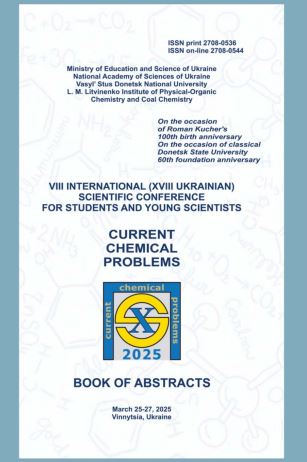Ti3C2 mxene 2D materials and their applications
Анотація
The success in 2D exfoliation or graphene synthesis inspired the Drexel University team to use multicomponent and multilayer materials, such as MAX phases [1]. Thus, in 2011, the first publication [1] appeared with a report on successfully synthesizing of Ti3C2Tx MXene from Ti3AlC2 MAX phase ceramics. Currently, there are many publications, and we can find different areas where we can use 2D MXene materials.
Посилання
Naguib M, Kurtoglu M, Presser V, Lu J, Niu J, Heon M, et al. (October 2011). Twodimensional nanocrystals produced by exfoliation of Ti3AlC2. Advanced Materials. 23 (37): 4248–4253. DOI: 10.1002/adma.201102306.
Yongchang Dong et al. Saturable Absorption in 2D Ti3C2 MXene Thin Films for Passive Photonic Diodes, Advanced Materials, 30 (3), p.1705714-8 (2018). DOI: 10.1002/adma.201705714.
Sergii Chertopalov and Vadym N. Mochalin. Environment-Sensitive Photoresponse of Spontaneously Partially Oxidized Ti3C2 MXene Thin Films. ACS Nano 2018, 12, 6109−6116. DOI: 10.1021/acsnano.8b02379.

